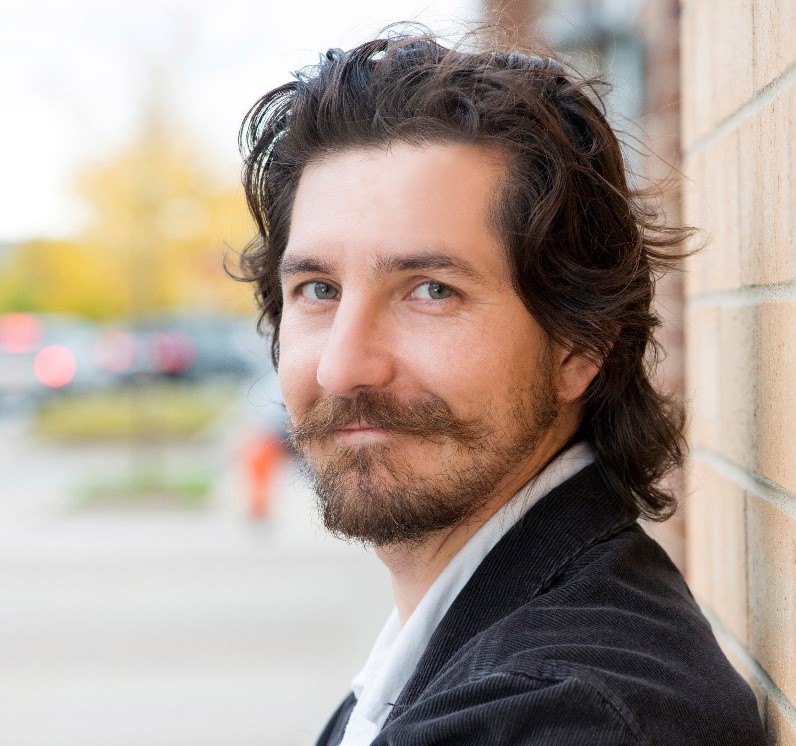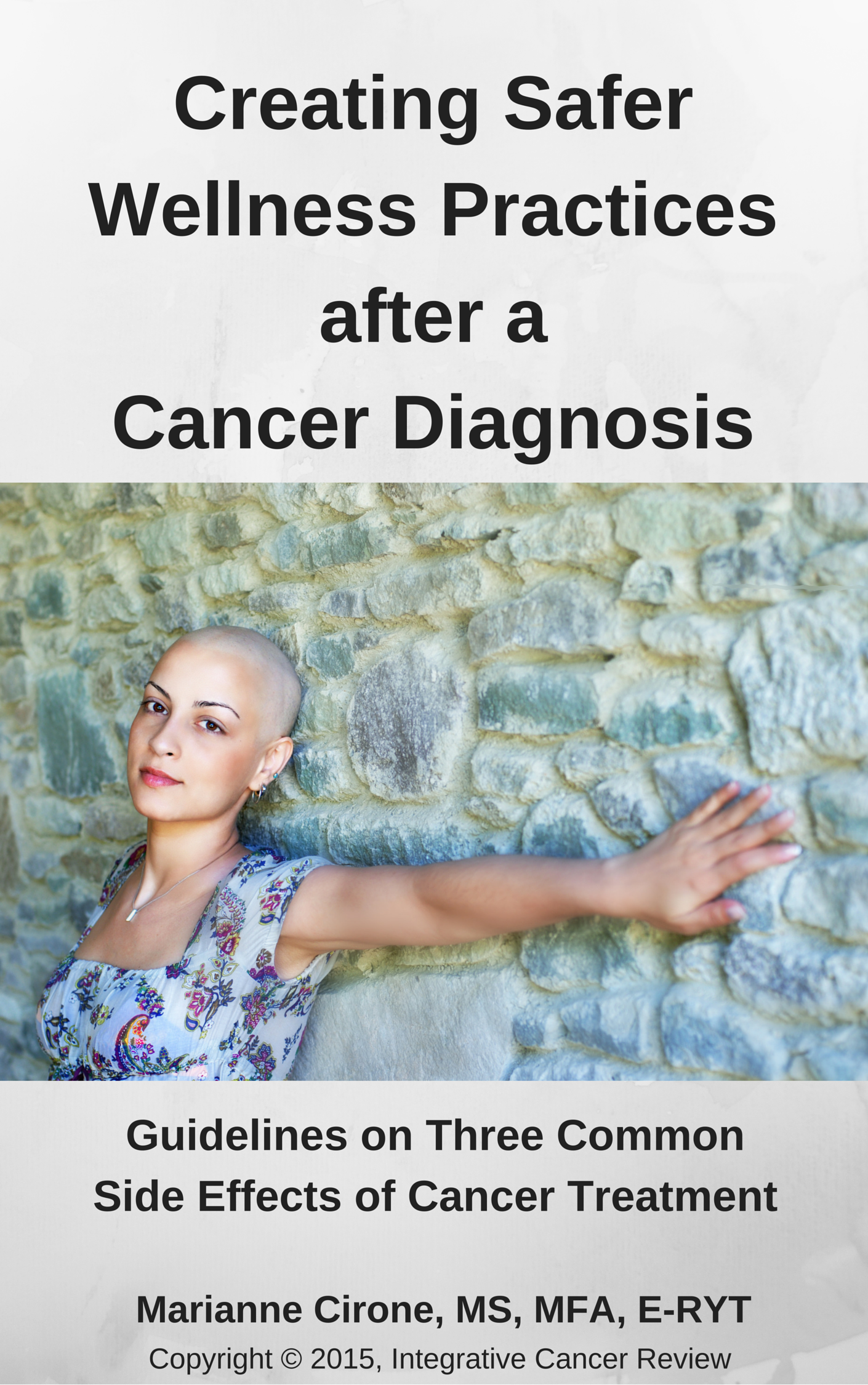Mindfulness for Cancer Survivors
Recently, we were privileged to have mindfulness educator Todd Fink, CADC, present an incredible workshop for the Cancer Care class that I teach at Prana Yoga Center in Geneva, Illinois. Todd had come highly recommended by those who had attended his lectures, so we were thrilled to have him visit our class in November, 2017 to talk about mindfulness.
An estimated 40 million adults suffer from anxiety in America; these disorders are the most common type of mental illness. Anxiety is huge factor that accompanies a cancer diagnosis, so Todd provided the class with a variety of information and practices to help counteract this challenging condition.
To start his workshop, Todd explained that he had been a business student at Georgetown University when he had an opportunity to see the Dalai Lama at a live event. Todd said he had never been in the presence of someone who had so much happiness and peace, so shortly after seeing the Dalai Lama, Todd changed his major from business to psychology. Soon after, Todd enrolled in brain science class with an acclaimed visiting professor. The class turned to be a 900-level course for medical students and Todd didn’t have the prerequisites. After the professor suggested that Todd drop out of the class, Todd asked to be admitted, so the professor said that he would ask Todd one question — and if he could answer it, he’d be admitted to class and guaranteed at least a B.
Todd correctly answered the question: what is the definition of a neuron, (which he had just happened to read on a page he had flipped to in the book that he had bought for the class) and also passed the class, getting a B. Thus started Todd’s career in studying the brain and mindfulness, through science as well as through ancient wisdom traditions that he learned in India and elsewhere.
How to Practice Mindfulness
Todd defined mindfulness is a particular way of directing awareness with openness, curiosity and flexibility.
The major components of a mindfulness practice are as follows:
- Intentionality
- Non-judgment
- Acceptance
- Grounding
Practicing Intention
The intention to start a mindfulness practice, to pause one to two times a day, even for one minute, begins the practice. Creating a new mindfulness practice in your daily routine can begin like this:
- Make something you do a ritual that you do every day with deeper awareness.
- Change something small about your routine become more in the present and less focused on the future.
- Ask yourself: Do I need to make adjustments to my habits?
- Treat yourself with compassion by using tiny habits.
Todd told the story of a man who wanted upper body strength and decided to do that by adding a push-up to his bathroom routine. After using the bathroom, and before washing his hands, he’d add a pushup. Soon, he was doing hundreds of push-ups. Like this, we can all add a tiny habit to our daily lives by incorporating a small practice into our other existing habits.
The Tao De Ching says “the only lasting progress is gradual progress.”
Practicing Non-Judgment
The second element of mindfulness is non-judgment. The way that we apply judgments affects the way that we experience our lives.
“Attitude is the exercise of the brain,” Todd said. “It’s all about perspective. What we focus on helps the brain grow and adapt — what you focus on essentially becomes your attitude.”
Todd gave the example of how Japanese women tend to go through menopause without the negative symptoms that many American women experience. The Japanese word associated with menopause — ‘konenki’ — which means “second spring” and describes “a transition time in terms of lived experience” has positive connotations in their culture. The cultural attitude emphasizes maturity, wisdom, experience and older people are appreciated more in the community.
The term “sakshi” means witness or observer, and when we use a witness observer practice to watch our own thoughts, we can positively impact our brain functioning. The amygdala is the area of the brain associated with anxiety and research shows that naming our emotions significantly reduces emotional activity in the amygdala. This is because that self-awareness activates the prefrontal cortex which is involved in stress relief and higher executive functioning. If we can use the witness observer instead, we can reduce our anxiety levels. For example — look at the difference between thinking to yourself, “I’m stupid” versus “I’m thinking that I’m stupid.”
Breathing also activates our relaxation response, and we get a biochemical message of safety. The fight-or-flight response drops and we don’t get that adrenaline cortisol and hypertension that we got from stress. We get the message that we are safe in this moment.
Practicing Acceptance
The third piece of mindfulness is acceptance about things we can’t control. Todd told the story about researchers who catch monkeys by putting peanuts in a jar. Once the monkey puts its hand in the jar, it won’t let go of the peanuts–even though if they let go of their fists they could get their hand right out. We also need to learn to let go in order to create freedom in our own lives.
“Let life unfold” — what seems like a blessing may be a curse and what seems like a curse may be a blessing. Todd told the story of the man whose son found a wild horse, so everyone said it was a blessing. Then the horse ran away, and the village people said that was a curse. But the horse came back and brought a group of wild horses back with it, and the villagers said this was a blessing. The man’s son was training the horses and broke his leg on one of the horses, and everyone said it was a curse. But then all the young men in the village were called to war and killed, but the son wasn’t because he had a broken leg. So, we don’t know when a blessing may be a curse and what seems like a curse may be a blessing.
Todd talked about the word forgive: to give yourself the gift of “forward motion” — or, giving up all hope for a better past. “It pulls us out of the muck. We have to accept what happened in our past. We have to accept it and know that we are building off of it, so it becomes story of resilience and growth.”
Is there an Optimal Amount of Time to Meditate?
Todd told us: “I think of the amount that we need to meditate like hygiene. How long do you need to shower? It depends what you were doing that day. Were you gardening or are you covered with mud?” He said some days you might do it longer because you need to, or just because it feels good.
Later that week, I saw a quote that matched his words: “If you are not busy you should meditate for 30 minutes, but if you are busy, you should meditate for an hour.”
All of the attendees from the Cancer Care Yoga Class said they loved Todd’s presentation and his very skillful interweaving of stories, research and wisdom. Some of the most popular gems of wisdom were the “tiny habits” because these they seemed doable and compassionate toward oneself, and the importance of attitude. We have been recapping Todd’s presentation during our yoga class, and more gems keep emerging.
For more information about Todd’s excellent work on mindfulness, please see his website www.MichaelToddFink.com. Todd will be launching a podcast called “Kind Mind” in January, 2018 that can be found on iTunes and at Todd’s website.



















